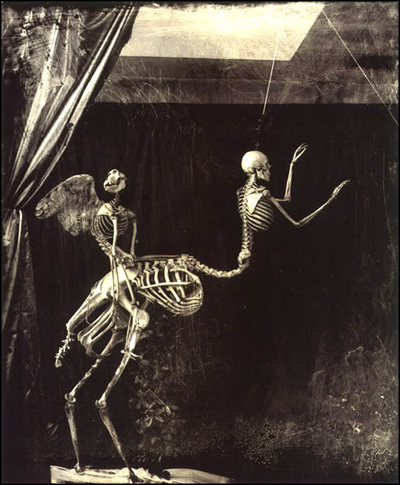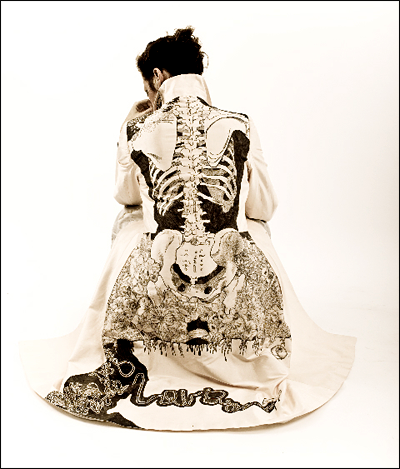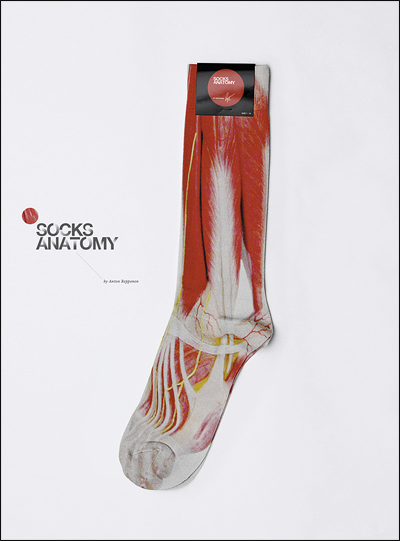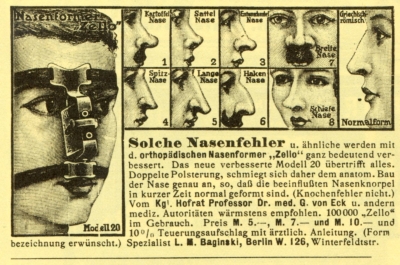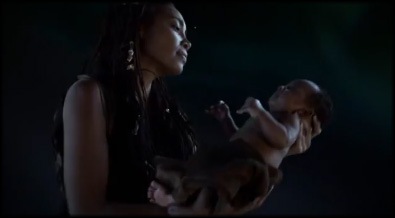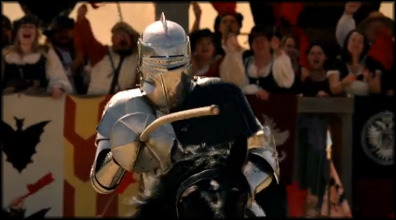Eyepatch Party!

Eyepatches have long been a staple of alt fashion. From visual kei to burlesque, the eyepatch has been used to accentuate elements of romanticism, glamour, and mystique throughout the ages.
Advertising giant David Ogilvy knew this in 1951 when he created “the man in the Hathaway shirt,” a campaign that put a tiny company on the map by featuring a distinguished-looking man with a mysterious eyepatch in a series of ads that continued to run for over 25 years and inspired dozens of copycats.
David “Wear the Eyepatch” Bowie knew this in 1972 when he popularized the patch during his Ziggy Stardust era, influencing everyone from Peter Burns to Rihanna. And of course, film directors know that an eyepatch can create the character, from Quentin Tarantino’s Elle Driver to John Carpenter’s Snake Plissen. It can be said that the most (come to think of it, the only) memorable thing from Sky Captain and The World of Tomorrow was the sight of Angie with an eyepatch.

Of course, stylish eyepatches aren’t just for show. For centuries, people with eye ailments have incorporated the patch into their personal style. The first chic eyepatch-wearer may have been Spanish princess Doña Ana de Mendoza y de la Cerda. Around 1545, young Ana lost her eye in an accident during a playfight with one of her guards. Donning an eyepatch only fueled her popularity at the court, and it is said that she had a bejeweled eyepatch for every dress she owned.
Film director Fritz Lang’s eye problems started in 1916, the same year he stumbled into film. While recuperating from war wounds that would eventually cost him his eye, he began to write scripts and took up acting. In his younger years, he wore a monocle over his injured eye; later in life, an eyepatch under dark glasses. Knowing the director’s struggle towards monocular vision, Maria’s lingering robot wink in Metropolis somehow feels much more significant. Other fabulous/functional eyepatch-wearers include Slick Rick, James Joyce and Momus.
I never thought I’d have to wear an eyepatch for any reason other than a fashion shoot or a fancy night out. But following some recent eye problems, I have to wear one for at least a portion of each day, for at least a little while. Thus began my trawl through Tumblr, Flickr, and fashion blogs in search for the perfect patch. The search uncovered dozens of beautiful images from Coilhouse friends and family. After the jump, an epic collection of over 60 eyepatches featuring Mother of London, Salvador Dali, PUREVILE!, James Dean, Amelia Arsenic, Chad Michael Ward, Shien Lee, Antiseptic, Jane Doe, Alyz Tale, Atsuko Kudo and many others. I suspect that many of you have eyepatch photos as well. If you’ve got one, post it in the comments!





